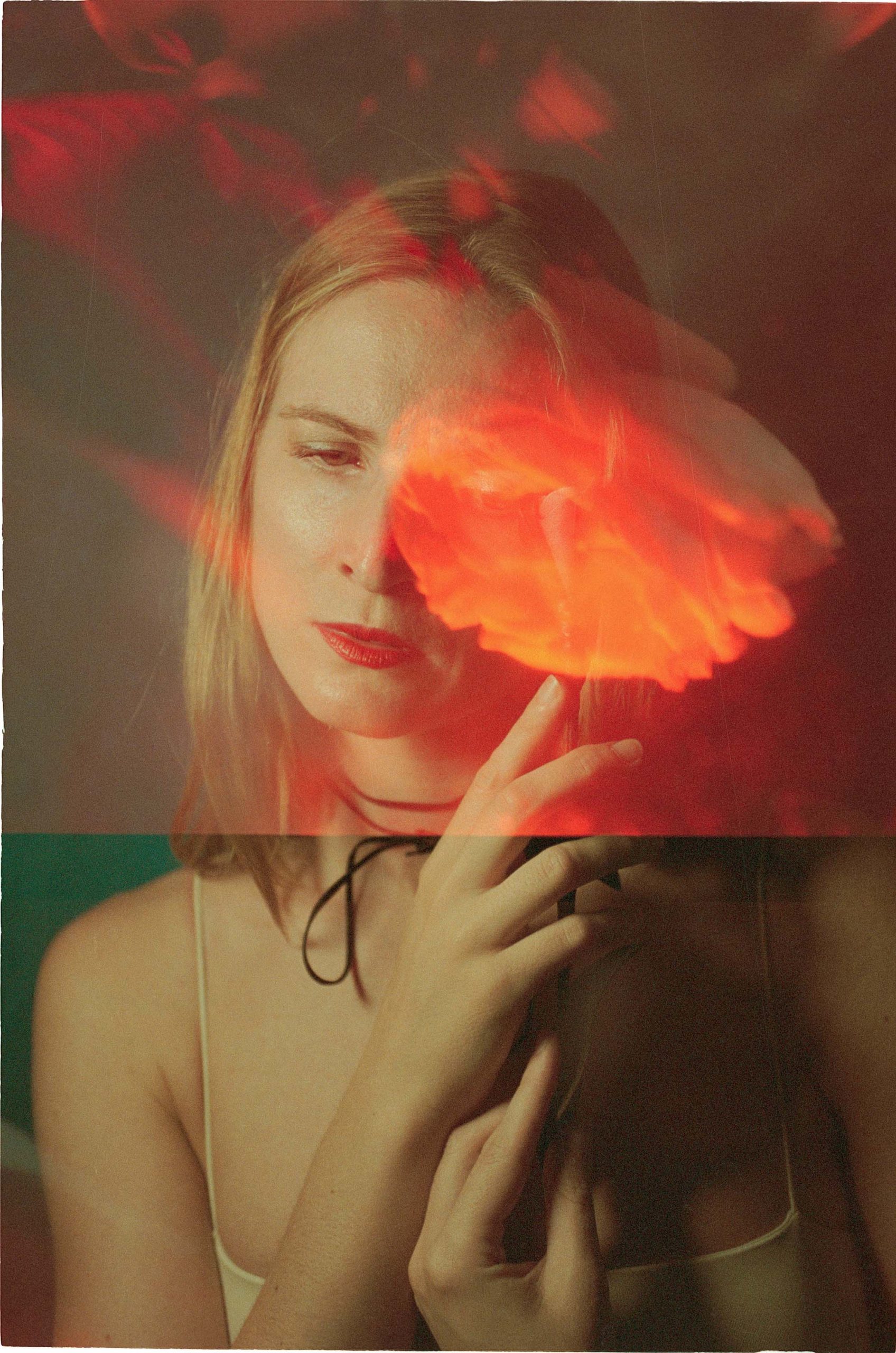“Multi-exposed images often have something delicate and vulnerable because the layers are transparent; I like that a lot,” says Photographer Gunula Blumi to the Phoblographer. “Moods are shown that I cannot express well with words. A double exposure can emphasize something that is already there or gives a motif a special meaning, a new reality, something superordinate.” She continues to state that viewers enjoy the process of wandering between the different layers for themselves.
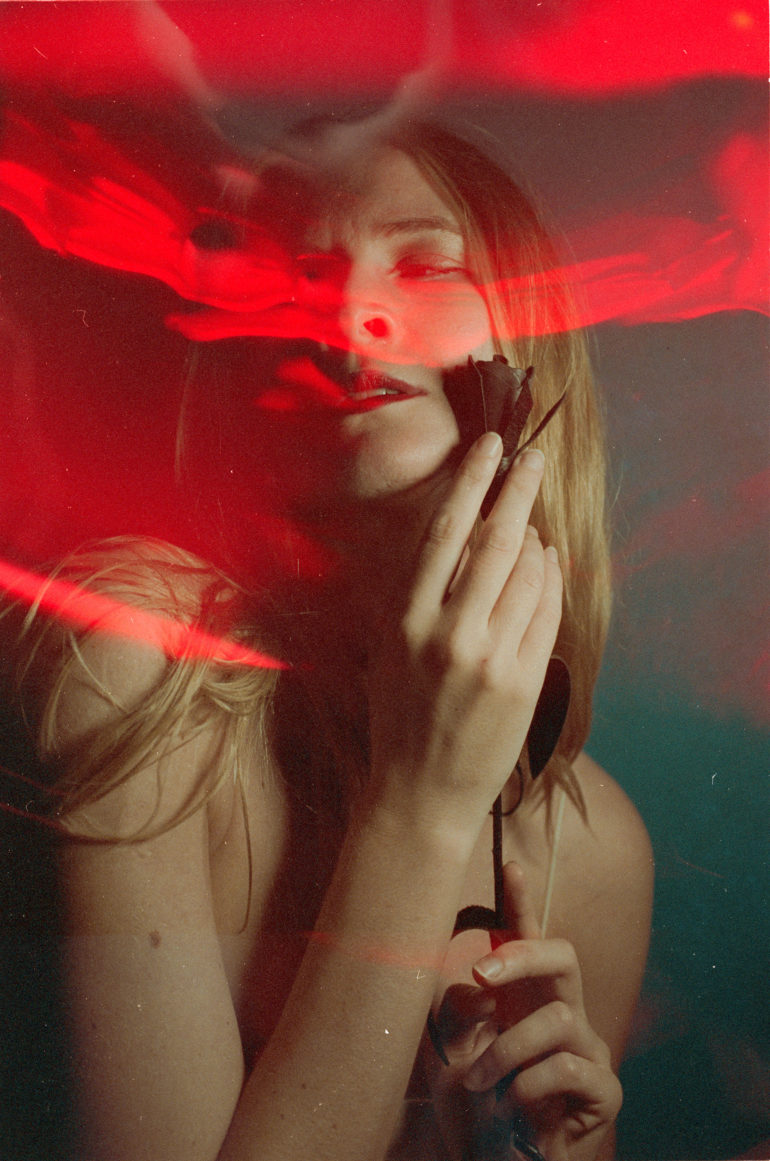
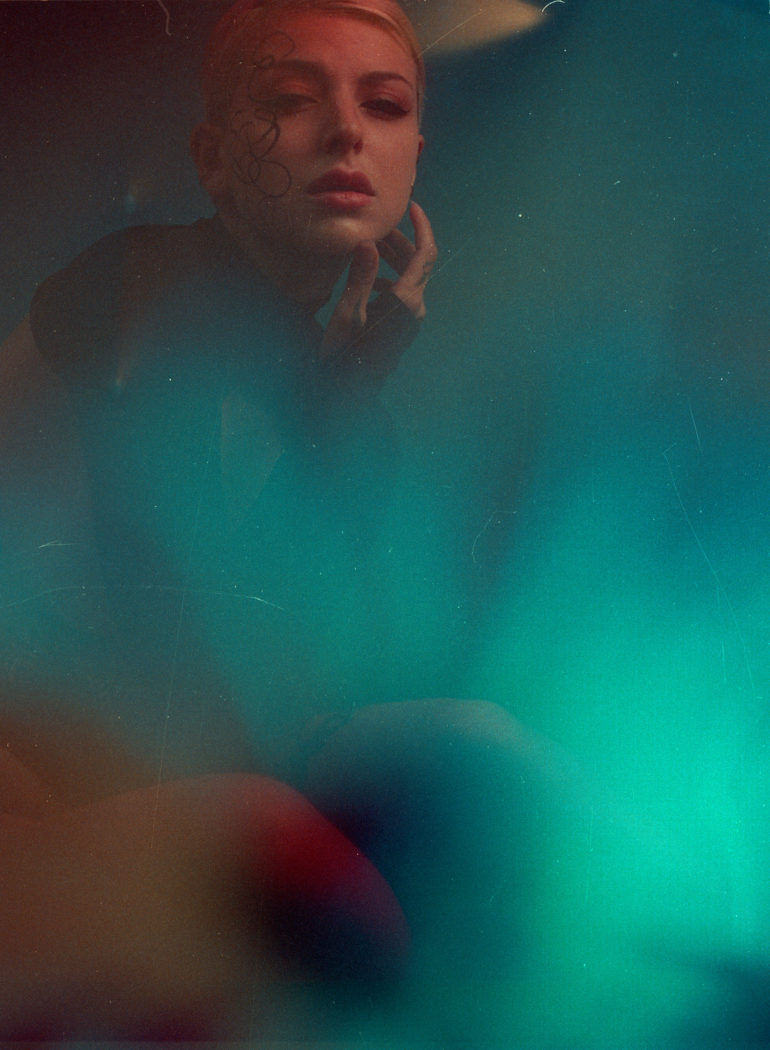
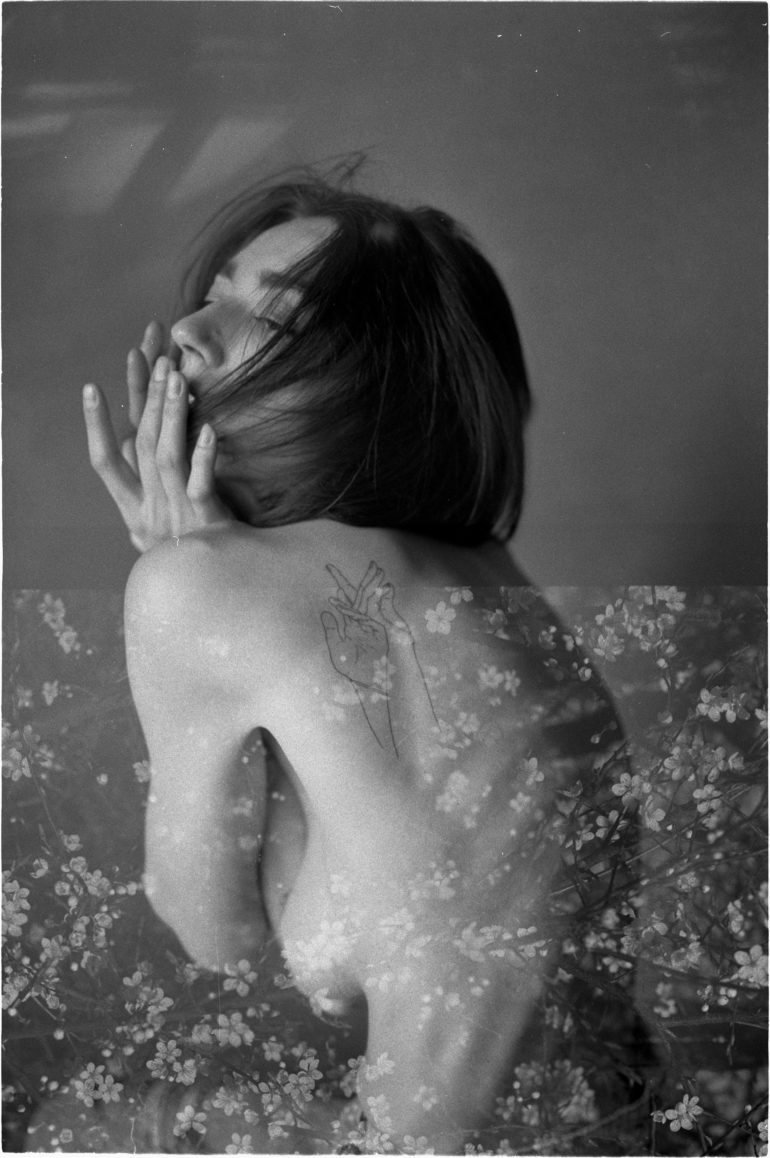
This is the second feature we’re doing on Gundula Blumi as we’re positively smitten with her work. We previously featured her on the site, noting her process. Gundula creates without Photoshop. So, while lots of photographers these days rely on it, she does pretty much everything in-camera.
I often use Polaroids as a channel for my mood. When I have exhausting and heavy feelings, I do self-portraits. The mood is then in the Polaroid and I can recognize it and look at it from a distance. And even touch. I always feel a lot lighter afterwards.
Gundula Blumi
Of course, working with a subject on multiple exposures is kind of a completely different beast. So when she is with a new subject, Gundula lets them know how she previously exposed the film. With this in mind, the model then moves and poses accordingly. For both Gundula and the model, it produces exciting results that are stunning to behold.
The amount of foresight and communication required for success here is vast. While it isn’t impossible, many photographers tend to avoid scaling tall trees in search of higher-hanging fruit. Instead, they go for whatever the algorithms tell them to do. Not Gundula. She’s transparent about her emotions within her work.
“My work is about feelings and our vulnerability, subtle or intense feelings up to pain, numbness, and dissociation,” she tells us.
Branches can caress the body, but they can also penetrate our natural boundary – the skin – at least in the pictures. Or a person is hardly recognizable anymore, because it blurs with the background, it is absorbed and disappears like thoughts and feelings that are no longer tangible. Flowers, for example, represent delicacy for me, the feminine and sensual. I choose the content of the layers depending on what it looks like inside me.
Gundula Blumi
One of the reasons why many photographers don’t do unique work like this is because, well, it’s difficult. There’s a lot at risk. But Gundula loves that! To her, the experimental part of it is great, and she prefers not to think too much about the scenes she’s photographing. To her, the unplanned “accidents” can be the most fun. She reasons that this is because there’s a sense of authenticity to them.
Later, when looking back at her work, she’ll recognize something successful about the image that fits her mood very well. Suddenly, she feels that she understands her own work a whole lot more. Lots of photographers can surely relate as they traverse things like creative slumps.
“Especially with Polaroids, it’s usually the first pictures that hit the spot,” says Gundula. “I often take a few more of the same subject, but by then the moment and the real feeling are usually gone.”
She’s currently looking forward to the possibility of a solo exhibition in Germany.
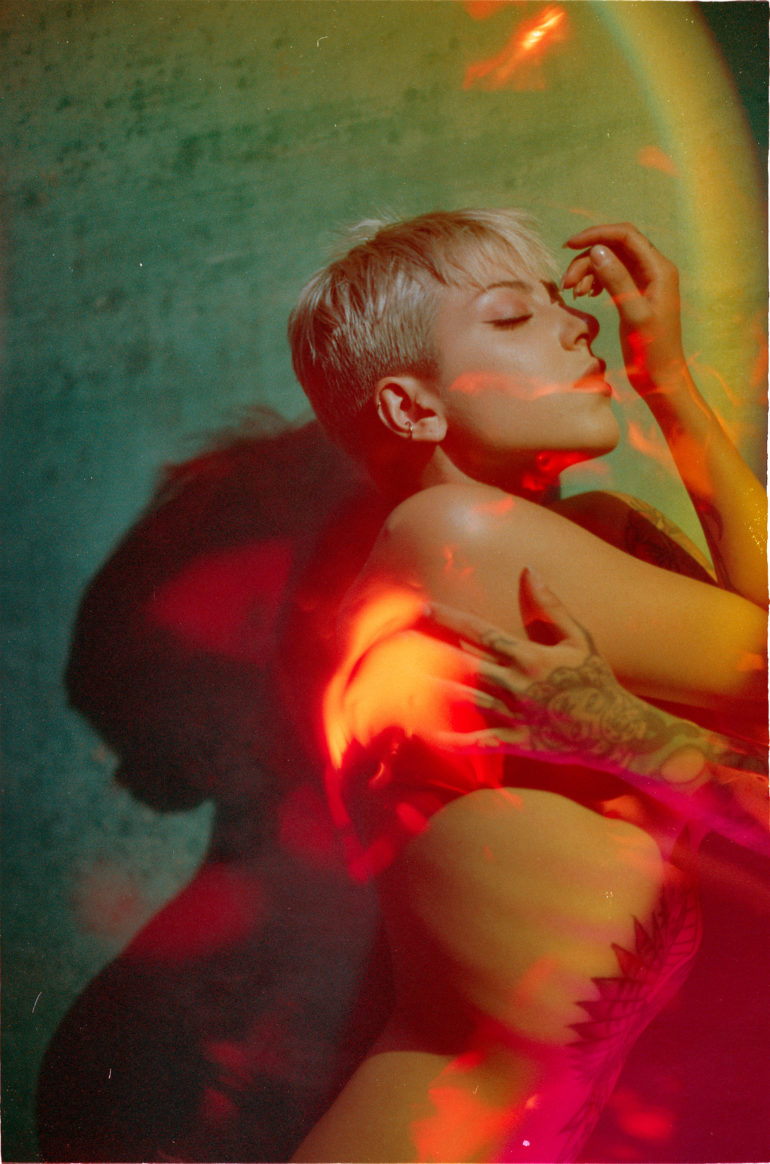
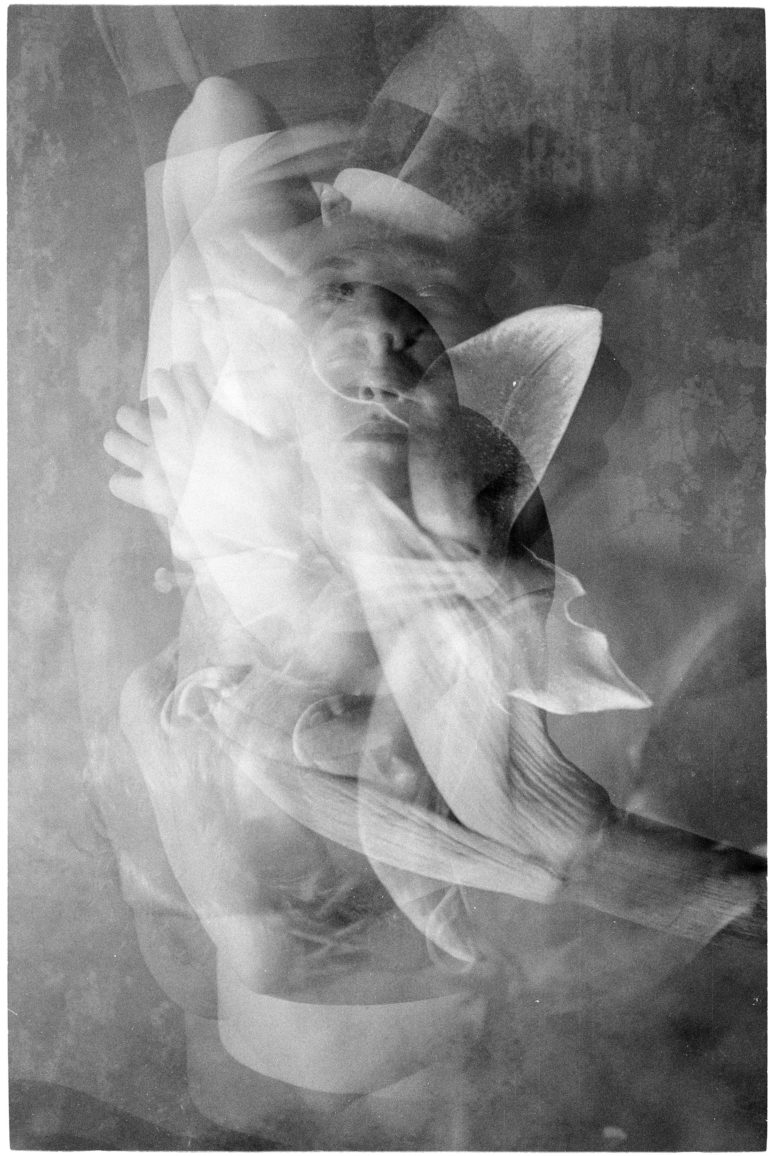
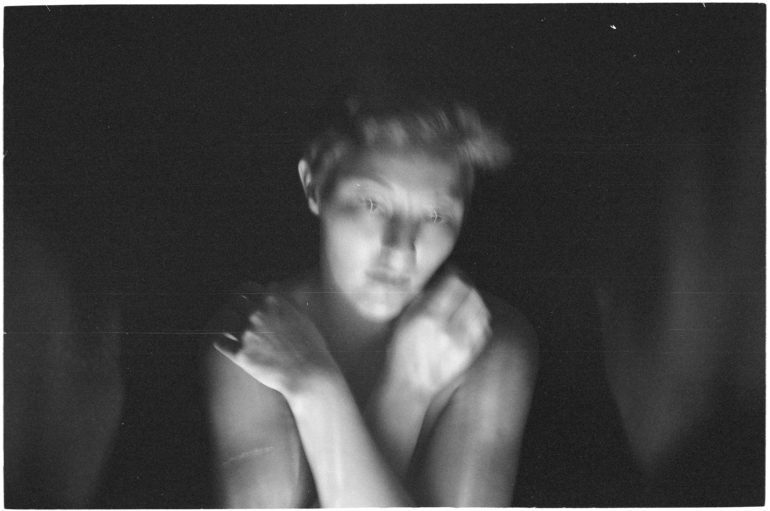
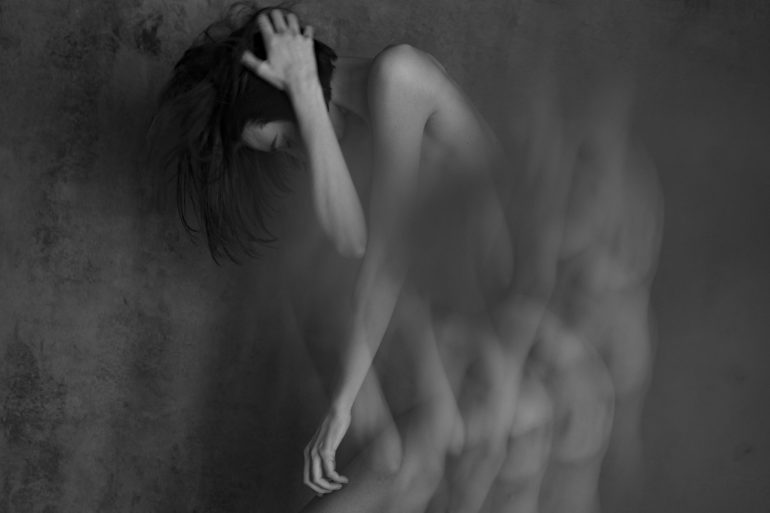
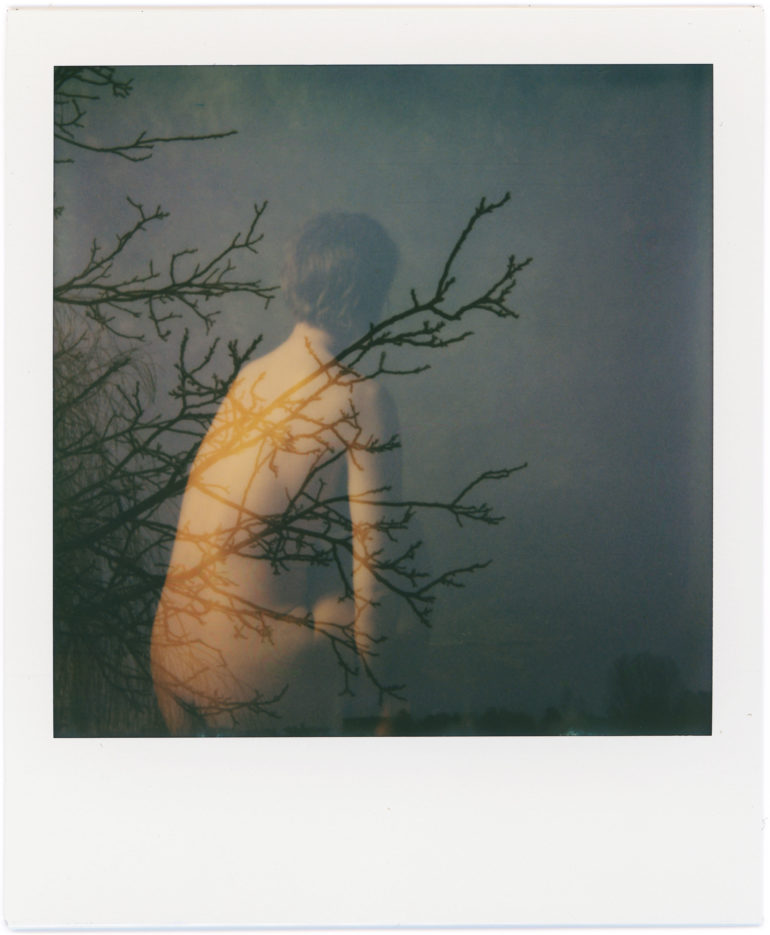
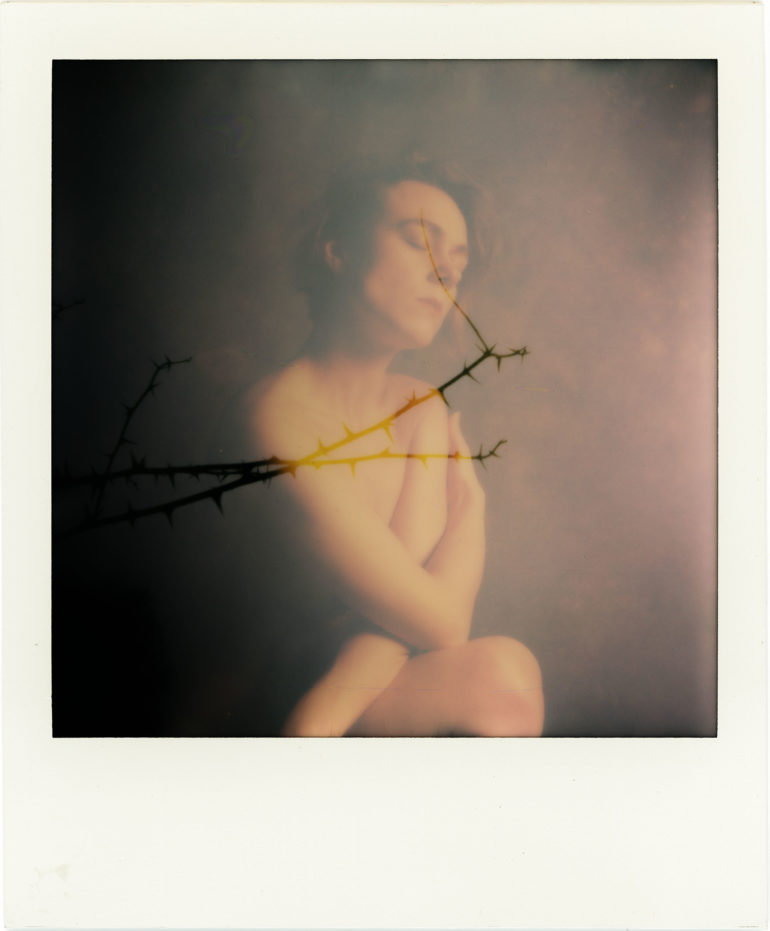
All images by Gundula Blumi. Used with permission. Be sure to visit her website, Instagram, Facebook page, and Tumblr. Want to be featured? Click here to see how. Also, submit your own projects to the No Photoshop series.


